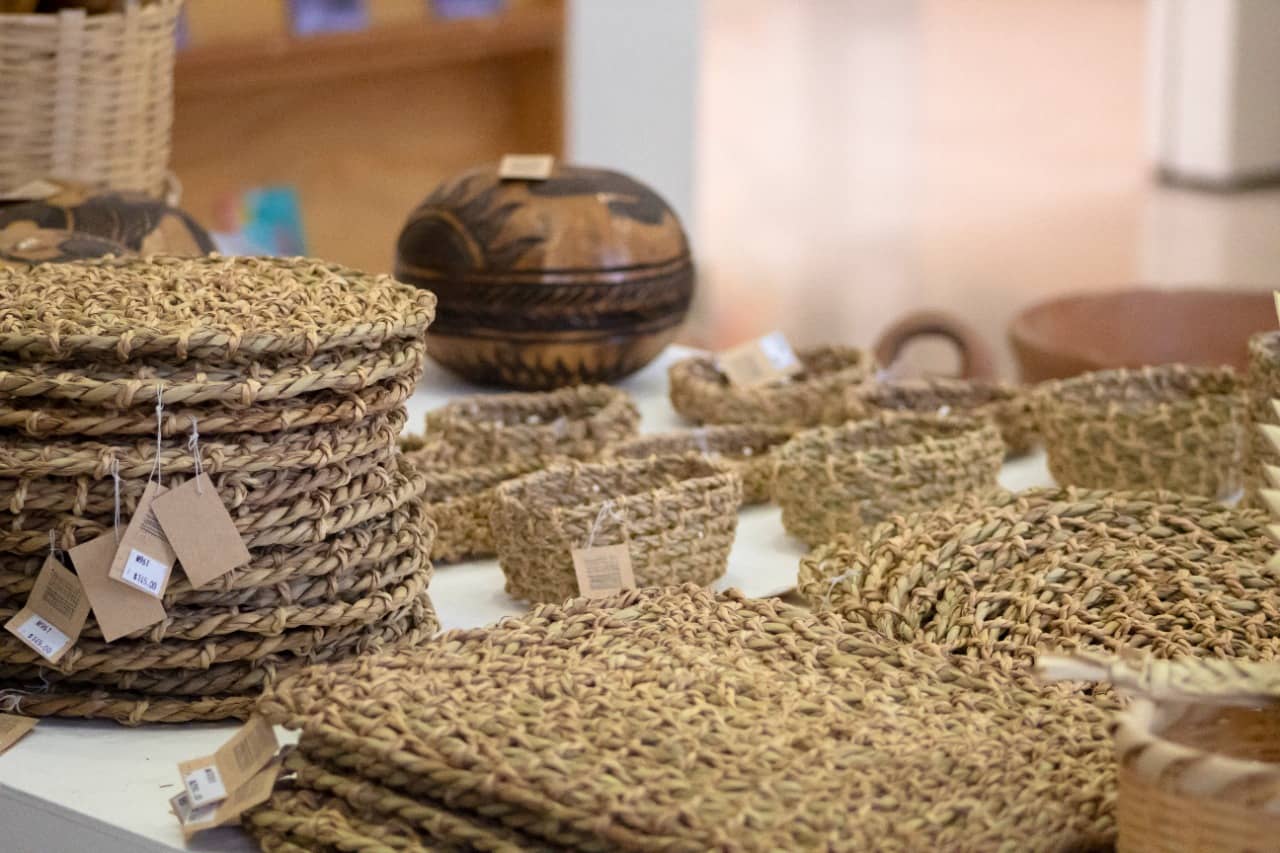Morelos Handicrafts: The Product of Human Creativity
In the state of Morelos, several towns have preserved traditions in the elaboration of various types of handicrafts that have positioned Morelos as one of the places with more options for handicrafts in the country.





